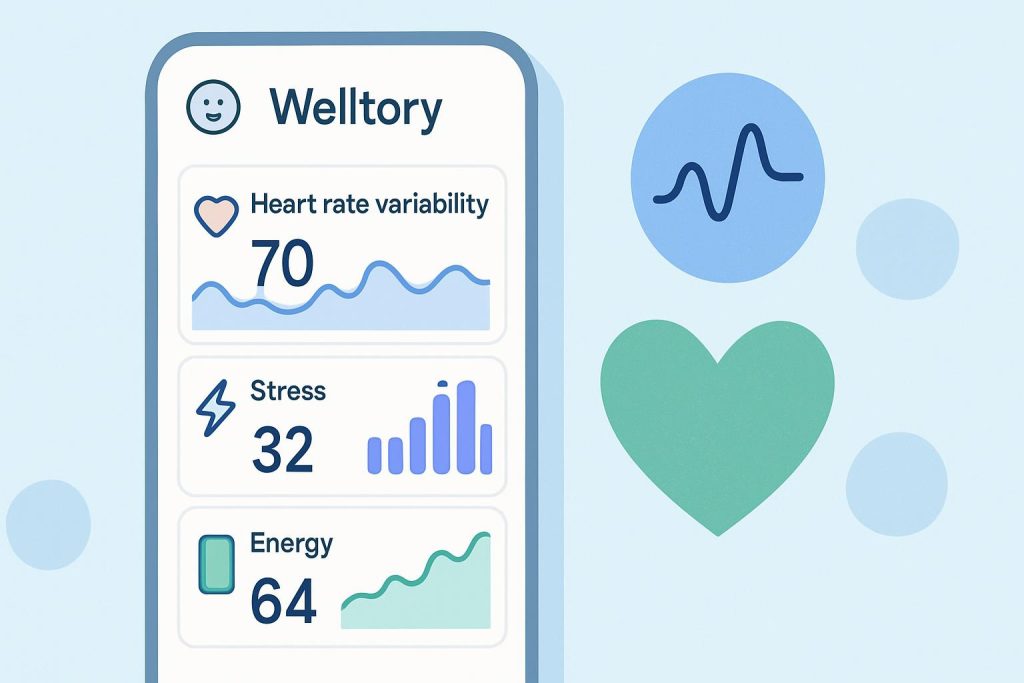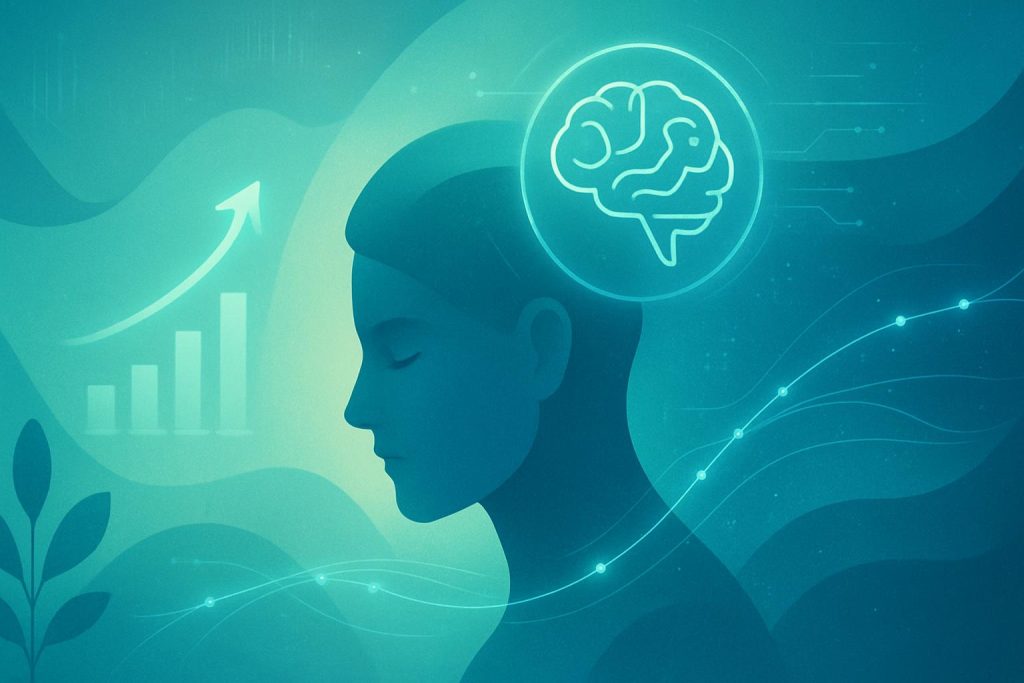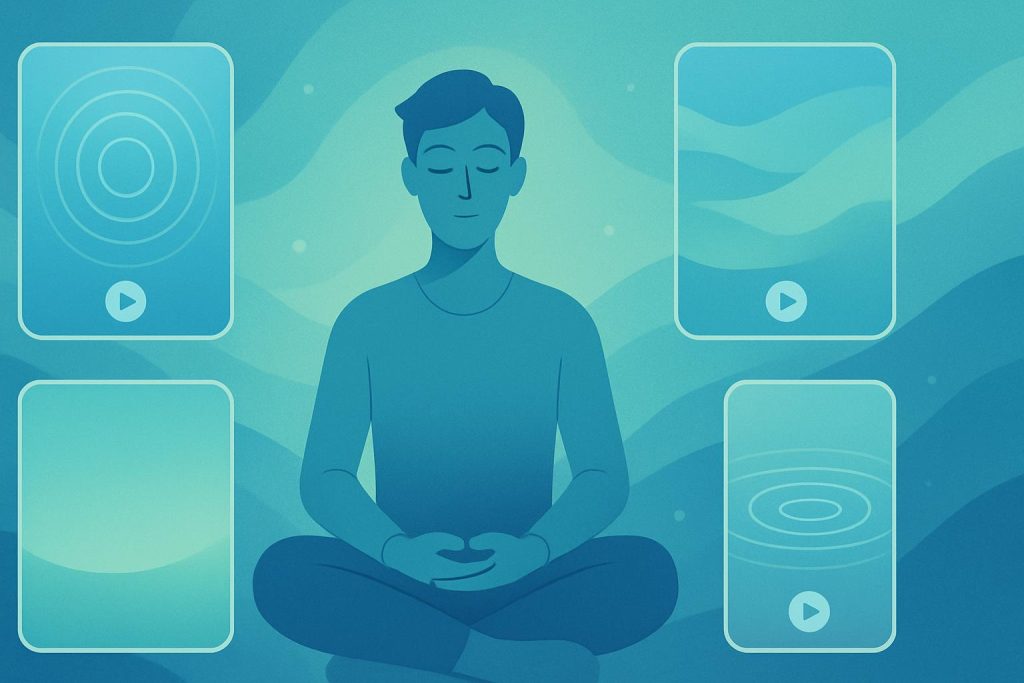Understanding the nuances of our mental and physical state is foundational to improving well-being, a concept that underpins many approaches to mental health, including the accessible online therapy options discussed in Accessible online therapy: AI platforms connecting you and Improving your mental health: strategies and AI tools. While therapy provides professional guidance, self-awareness derived from objective data can significantly enhance personal insight and inform lifestyle adjustments. Welltory positions itself as a unique health and wellness app focused on translating complex biometric data, particularly heart rate variability (HRV), into understandable metrics for stress, energy, and productivity.
It uses the smartphone camera or integrates with various wearables to measure HRV and combines this with data from other apps and user logs to provide personalized insights and recommendations. By quantifying stress and energy levels, Welltory aims to help users understand their body’s signals, manage stress proactively, optimize performance, and build healthier habits. The app also features mood tracking and integrates data from numerous sources, offering a holistic view of factors influencing well-being. Welltory encourages sharing through its Ambassador and referral programs, offering rewards for bringing new users to the platform.
Heart Rate Variability (HRV) is the variation in time between consecutive heartbeats and serves as a sensitive indicator of the body’s autonomic nervous system (ANS) balance. A higher HRV generally indicates better resilience, adaptability, and parasympathetic (rest-and-digest) activity, while a lower HRV often correlates with stress, fatigue, or sympathetic (fight-or-flight) dominance. Welltory simplifies HRV measurement, making it accessible via a smartphone camera flash placed on the finger (photoplethysmography – PPG) or by syncing with compatible wearables (like Apple Watch, Oura Ring, Fitbit, Garmin). Its AI algorithms analyze the HRV data along with other inputs (activity levels, sleep data, calendar events, logged mood) to generate daily scores for Stress, Energy, and sometimes Focus or Productivity. This data-driven approach moves beyond subjective feelings, offering users concrete metrics to track their physiological state and understand the impact of their daily activities and routines.
This article explores how the Welltory app can be used to track mood and health data, providing valuable insights for managing mental wellness. We will cover:
- The science behind Heart Rate Variability (HRV) as a marker for stress and recovery.
- How Welltory measures HRV using a smartphone camera or wearables.
- Interpreting Welltory’s core metrics: Stress, Energy, and Productivity/Focus scores.
- The app’s mood tracking features and correlation analysis.
- Integrating data from other apps and services (Apple Health, Google Fit, fitness trackers, calendars).
- Utilizing Welltory’s personalized insights and recommendations for habit change.
- The Welltory Ambassador/Referral program (Welltory Plus).
- Benefits, limitations, and practical applications for mental well-being.
For individuals seeking to quantify their body’s response to stress and daily life, track mood correlations, and receive data-driven health insights, Welltory offers an accessible and feature-rich platform.
Understanding HRV: Your body’s stress gauge
The autonomic nervous system (ANS) controls involuntary bodily functions and has two main branches:
- Sympathetic Nervous System (SNS): The “fight-or-flight” response, activated during stress, mobilizing energy.
- Parasympathetic Nervous System (PNS): The “rest-and-digest” response, promoting relaxation, recovery, and conservation of energy.
HRV reflects the balance between these two branches. Higher variability indicates a flexible, adaptive ANS capable of shifting appropriately between stress and relaxation. Lower variability suggests the system is stuck, often in a state of heightened sympathetic activity due to chronic stress, illness, poor sleep, or overtraining. Welltory uses HRV analysis as its cornerstone metric to assess this balance.
Measuring with Welltory: Camera and wearables
Welltory offers two primary methods for HRV measurement:
- Smartphone Camera (PPG): Users place their finger over the phone’s camera lens and flash. The app uses photoplethysmography (PPG) to detect subtle changes in blood volume in the fingertip with each heartbeat, allowing it to calculate the time intervals between beats and derive HRV.
- Wearable Integration: Welltory syncs with a wide range of wearables (smartwatches, fitness trackers, chest straps) that measure heart rate and HRV directly. Using data from a dedicated wearable often provides more consistent and accurate readings, especially if taken automatically upon waking.
The app guides users on taking accurate measurements, typically recommending a morning reading while calm and rested for a reliable baseline.
Interpreting Welltory’s metrics: Stress, Energy, Focus
Based on the HRV measurement and other integrated data, Welltory’s AI generates scores (usually out of 100):
- Stress Score: Reflects the level of physiological stress detected. A lower score indicates less stress and better ANS balance (more parasympathetic activity).
- Energy Score: Represents the body’s resources and readiness. A higher score suggests better recovery and capacity to handle demands.
- Productivity/Focus Score (May Vary): Some interpretations aim to predict cognitive performance based on ANS state.
These scores provide a daily snapshot of the user’s physiological state. Tracking trends over time is more valuable than focusing on a single day’s numbers. The app often provides context and explanations for the scores based on the specific HRV parameters measured (like RMSSD, SDNN).
Mood tracking and correlation analysis
Beyond HRV, Welltory includes features for subjective tracking:
- Mood Logging: Users can quickly log their current mood using simple icons or scales.
- Activity/Event Tagging: Users can tag measurements or mood logs with activities, events, or symptoms (e.g., “work deadline,” “meditation,” “headache,” “good sleep”).
- Correlation Insights: The app’s AI analyzes correlations between logged moods, activities, and biometric data (HRV, sleep, steps, etc.). It might highlight patterns like “Your stress tends to be lower on days you meditate” or “Reported low mood often follows poor sleep nights.”
This combination of objective biometrics and subjective logging provides a richer understanding of well-being triggers.
Data integration: A holistic view
Welltory’s strength lies in its ability to sync data from numerous sources:
- Health Platforms: Apple Health, Google Fit, Samsung Health.
- Fitness Trackers: Fitbit, Garmin, Oura, Whoop, Mi Fit, Polar.
- Productivity Apps: RescueTime, Calendars (Google Calendar, Outlook).
- Other Apps: Sleep tracking apps, weather apps, location services.
By pulling data from these diverse sources, Welltory’s AI can perform more sophisticated analyses, correlating HRV and mood not just with logged activities but also with sleep duration, step count, time spent on certain digital activities, calendar appointments, and even weather conditions. This creates a comprehensive dashboard of factors influencing stress and energy.
Personalized insights and habit building
Based on the collected and analyzed data, Welltory provides:
- Daily Interpretations: Explanations of the day’s HRV measurements and scores in plain language.
- Actionable Recommendations: Suggestions for managing stress, boosting energy, or improving focus based on the data (e.g., “Try a short walk to lower stress,” “Prioritize sleep tonight based on low energy”).
- Long-Term Trend Analysis: Reports showing how stress, energy, and mood patterns evolve over weeks and months.
- Habit Guidance: Some features may guide users in building healthier habits based on their data patterns.
The goal is to empower users with self-knowledge and data-driven nudges towards healthier behaviors.
Benefits, limitations, and applications
- Benefits: Accessible HRV measurement, quantification of stress/energy, powerful data integration, correlation analysis, personalized insights, mood tracking.
- Limitations: Accuracy of camera-based PPG can vary, interpretation of scores requires learning, potential for data overload or health anxiety, reliance on consistent measurement and logging for best results, referral program less financially rewarding than typical affiliate programs.
- Applications for Mental Wellness:
- Stress Awareness: Identifying high-stress periods and their triggers.
- Recovery Monitoring: Tracking how lifestyle choices (sleep, exercise, relaxation) impact physiological recovery.
- Mindfulness Biofeedback: Observing how practices like meditation affect HRV scores in near real-time.
- Informing Therapy: Potentially sharing objective stress/mood data trends with a therapist.
- Habit Motivation: Using data to reinforce positive health behaviors.
Data-driven self-awareness
Welltory offers a compelling tool for individuals seeking deeper self-awareness through the lens of biometric data, particularly heart rate variability. By translating complex physiological signals into understandable metrics for stress and energy, and correlating them with mood and lifestyle factors pulled from numerous integrated sources, it empowers users to understand their body’s responses and make informed decisions about their health habits. While its partnership program focuses more on referrals than high commissions, the app itself provides valuable data that can complement therapeutic interventions and support proactive mental wellness management. When used consistently and mindfully, Welltory can be a powerful partner in the journey towards better understanding and managing the intricate connection between mind, body, and daily life, enhancing the strategies discussed in our supporting article on accessible therapy.



